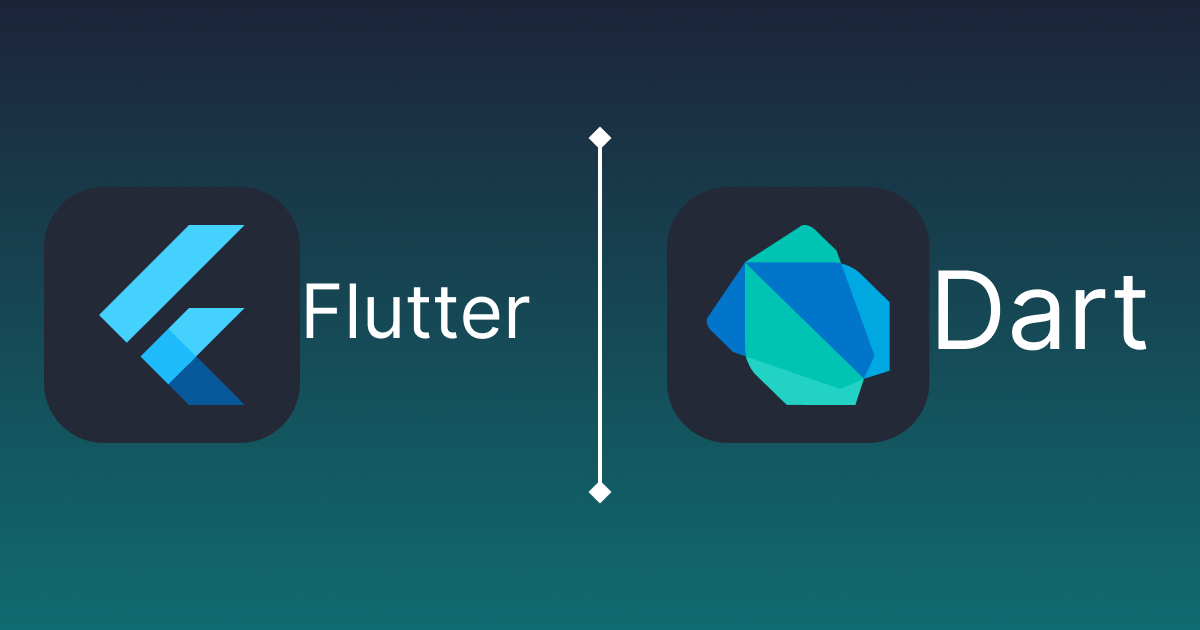
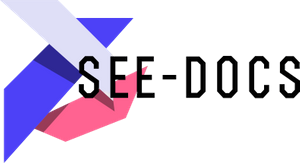
See-Docs & Thenavigo
Introduction to Dart and Flutter
In the ever-evolving world of mobile app development, creators are constantly on the lookout for efficient and effective ways to create high-quality applications that work seamlessly across multiple platforms. Dart and Flutter are two popular frameworks that can be used to solve real-world problems.
Dart is a programming language developed by Google, while Flutter is an open-source UI software development kit (SDK) also created by Google. In this blog post, we will explore the differences between Dart and Flutter and help you make an informed decision on which framework is the right choice for your cross-platform app development needs.
What is Flutter?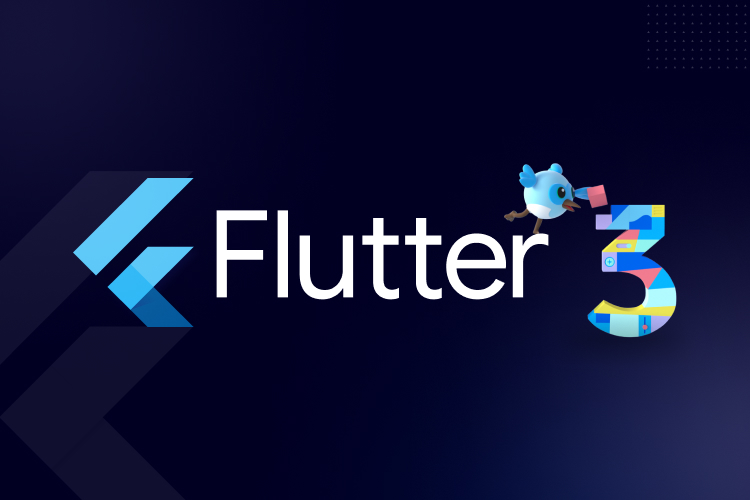
Flutter is an open-source user interface software development kit created by Google. It is used to develop applications for Android, iOS, Linux, Mac, Windows, Google Fuchsia and the web from a single code base.
How Flutter works ?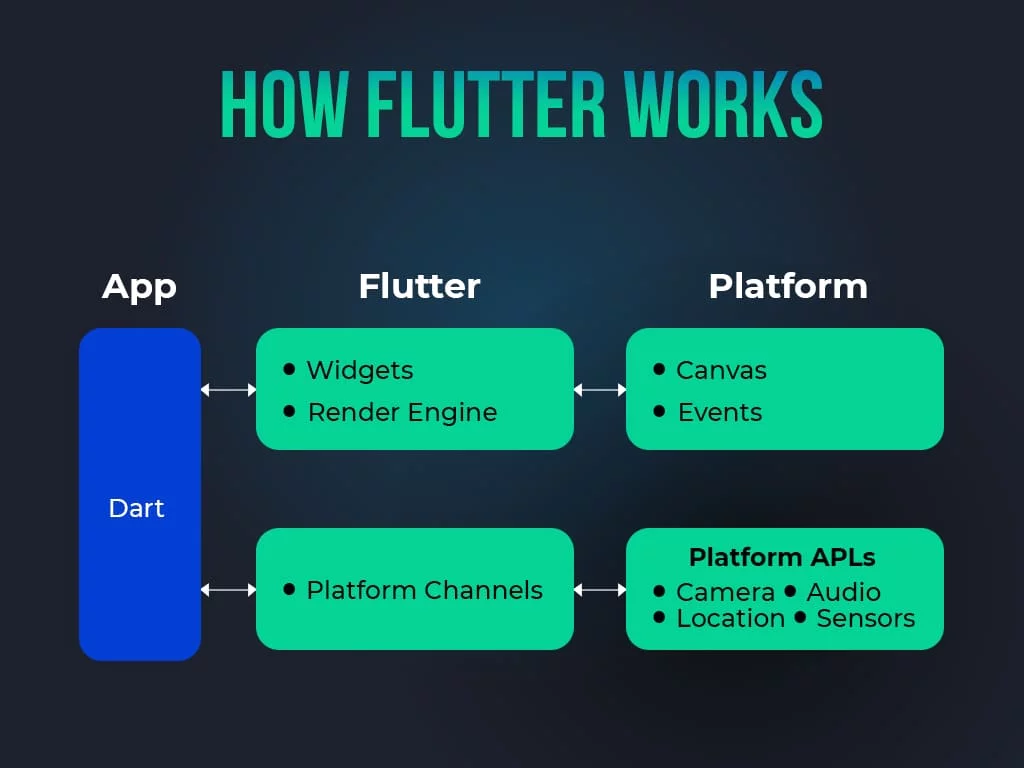
1 - Key features of the Flutter Framework:
Hot-Reload Feature:Flutter’s hot reload feature helps you quickly and easily experiment, build UIs, add features, and fix bugs. Hot reload works by injecting updated source code files into the running Dart Virtual Machine (VM). After the VM updates classes with the new versions of fields and functions, the Flutter framework automatically rebuilds the widget tree, allowing you to quickly view the effects of your changes.
Cross-Platform Development:Flutter allows you to build apps for mobile, web, desktop, and embedded devices — all from a single codebase. Maintain one codebase and deploy to multiple platforms, speeding up and simplifying workflows. Build features once and deploy to both iOS and Android. Cupertino and Material designs are built into the Flutter framework, so your apps feel at home on both platforms. Reach users everywhere by deploying Flutter apps on the web. Build fast prototypes and deploy your mobile app to the web from the same codebase. Transform your apps into desktop experiences with a single codebase and familiar tooling. Target Windows, macOS, and Linux without rewriting.
Dart Programming Language:The Dart programming language is linked in Flutter, which makes it easy for the creators to learn with their prior experience in other language. Dart is optimized for creating UI-heavy applications, making it the best fit for developing a mobile app.
Widgets:Flutter widgets are built using a modern framework that takes inspiration from React. The central idea is that you build your UI out of widgets. Widgets describe what their view should look like given their current configuration and state. When a widget’s state changes, the widget rebuilds its description, which the framework diffs against the previous description in order to determine the minimal changes needed in the underlying render tree to transition from one state to the next.
Material Design And Cupertino Widgets:The Flutter SDK ships with two styled widget libraries (in addition to the basic widget library): Material widgets implements the Material design language for iOS, Android, web, and desktop. Cupertino widgets implements the current iOS design language based on Apple's Human Interface Guidelines.
Stateful Hot Reload:
Flutter's stateful hot reload preserves the state of your app. This approach enables you to view the effect of the most recent change only, without throwing away the current state.
Access To Native Features:Access to Native Features: Flutter provides a wide range of plugins that enable seamless integration with native features and APIs. This means you can access platform-specific functionalities, such as camera access, geolocation, or device sensors, even when building a cross-platform app.
Performance:The natively compiled code in Flutter gives faster app startup times and high performance. This open-source framework creates a greater user experience as it is known for its smooth transitions and animations.
Testing:The Flutter test framework is based on widget development. It requires coding in Dart language, which can be compiled into different native applications. Dart is a programming language created by Google, similar to JavaScript but has static checking and strong node features
Community Support:Flutter is associated with a large community of developers who contribute to the open-source framework and give support through different online resources like tutorials, documentation, and forums. This way, the mobile app creators can easily find the answers to their questions and learn advanced techniques.
2 - Advantages of Flutter:
Fast Development
Flutter’s fast development cycle allows developers to see changes to the app in real-time as they make modifications to the code. This can greatly increase the speed and efficiency of the development process of the applications.
Beautiful User InterfacesFlutter provides a rich set of customizable widgets that can be used to create beautiful and user-friendly interfaces. The framework also offers a strong emphasis on design and visual appeal, making it an attractive choice for app development projects that require a high degree of visual appeal.
High PerformanceFlutter offers fast and smooth animations and transitions, and is designed to run smoothly on older devices. The framework is optimized for performance, making it an attractive choice for demanding mobile applications. As a result the number of targeted users increases.
Cross-Platform DevelopmentFlutter supports not only mobile app development but also web and desktop app development. This makes it a versatile tool for developing applications that need to run on multiple platforms without any issues.
Open-SourceFlutter is a free and open-source framework, making it accessible to a wide range of developers and companies. The large community of developers and users working with the framework helps to ensure that it continues to evolve and expand its capabilities.
What is Dart?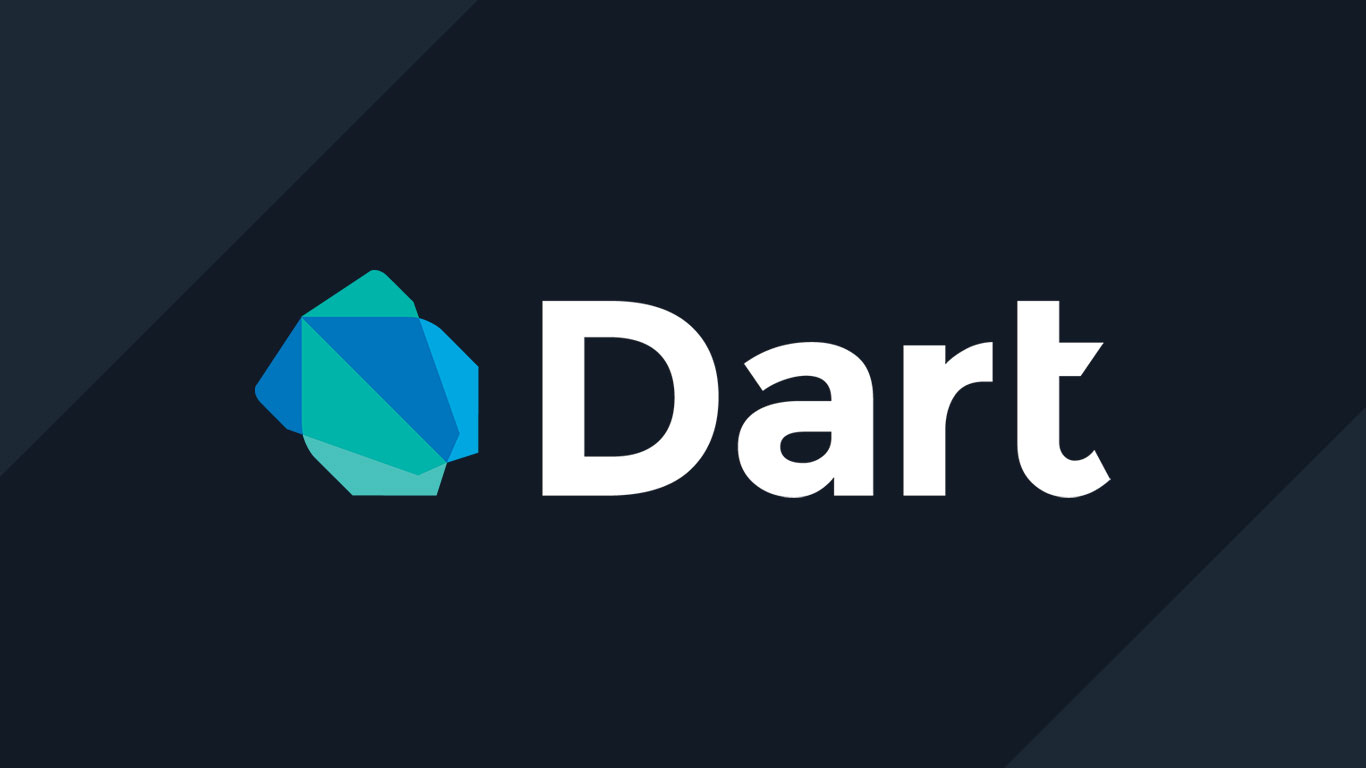
Dart is a programming language optimized for multi-platform applications. Developed by Google, it is used to create mobile, desktop, server and web applications. Dart is an object-oriented language with C++ syntax.
1 - Key features of Dart :
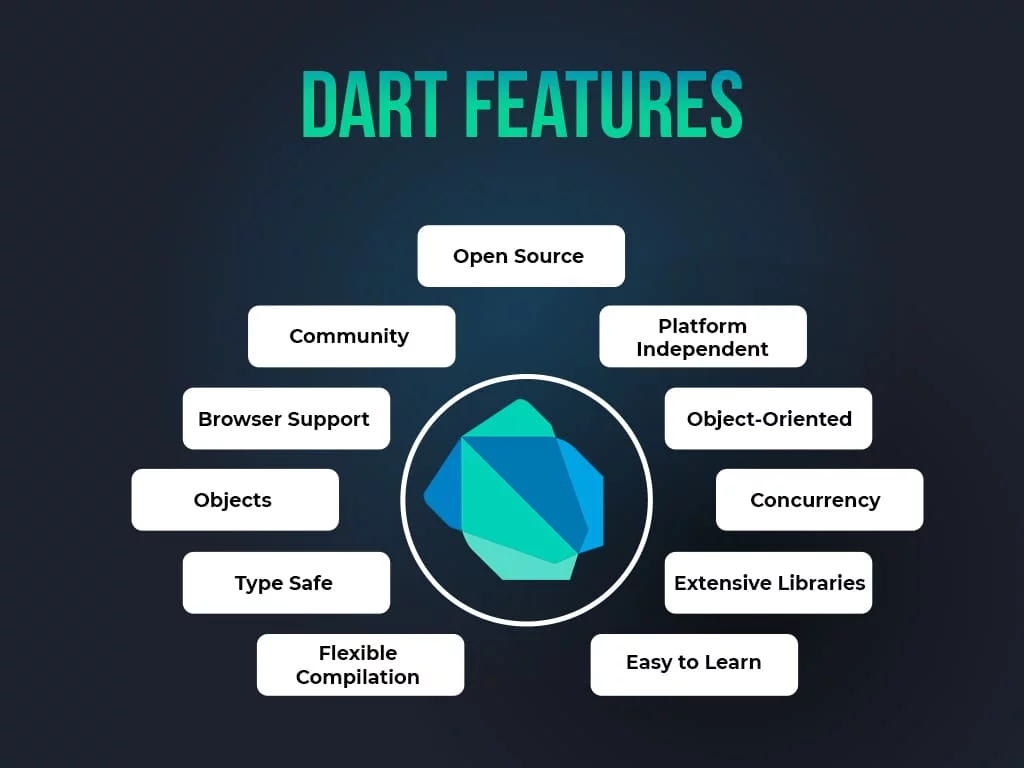
2 - Advantages of Dart
The first advantage is that it is easy to learn.
Any JavaScript programmer can quickly relearn how to write code in Dart. To do this, they only need to familiarize themselves with the basic principles of this programming language.
The second thing is about its availability of documentation.Since Google is developing the interpreter for Dart, all the features of the language are described in detail. This allows you to quickly get answers to almost any questions that may arise during the training process, or directly while writing code.
The third advantage is its high performance.Programs written in Dart tend to run faster than programs created in JavaScript.
Dart is very stableand it can be used to build production quality real-time applications. It is an object-oriented programming language with support for inheritance, interfaces and optional typing features.
It uses AOT and JIT compilationDart has the unique capability to handle both Ahead of time and Just in time compiling. In AOT, the Dart code can be directly converted into native machine code. While in the mode of JIT, it can be compiled for exceptionally fast development cycles and game-changing workflow.
If you want to start writing your first Dart program without any installation or configuration.There is DartPad for you. The DartPad interface is plain and simple. Write your code and click ‘Run’ to execute the code. DartPad introduces users to the world of Dart programming. The support for libraries in DartPad is restricted to the basic level.
Learn more --> https://github.com/Thenavigo/dart

See-Docs & Thenavigo
Thenavigo: We share relevant learning content for People.